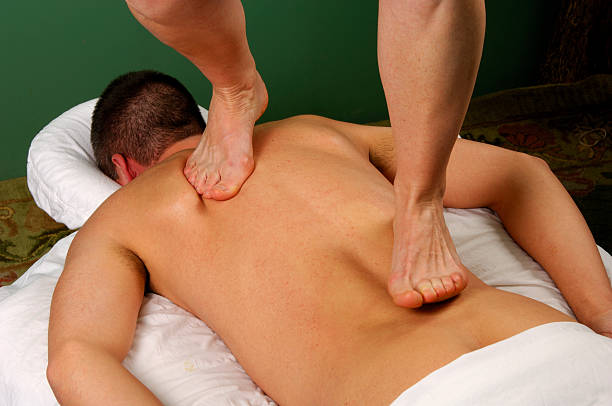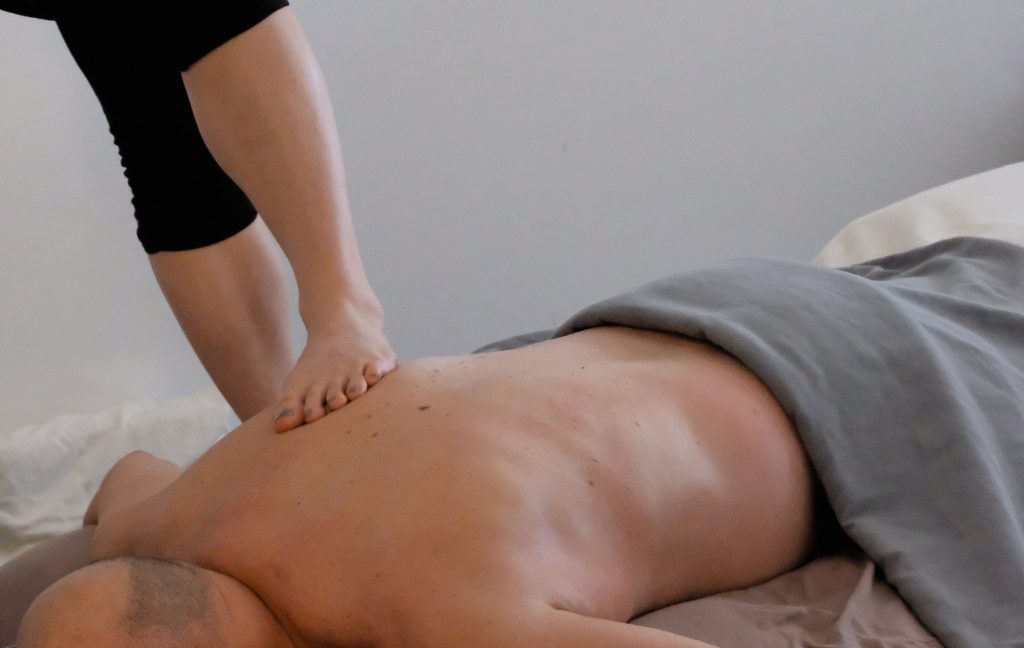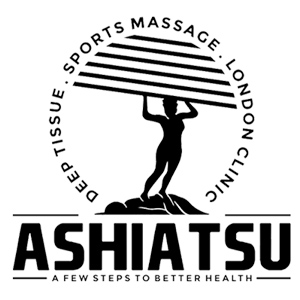In the Ashiatsu massage method, the therapist presses on the client’s body with their foot. Ashiatsu is a unique way to treat pain and make you feel better.
Ashiatsu massage is a deep tissue massage stretching muscles by applying pressure. Because the therapist uses their weight and pressure to work on muscles, their feet are wider than their hands, making it possible for them to make wider strokes without making the person uncomfortable.
What’s good about an Ashiatsu massage?
Ashiatsu is known for helping with back problems, improving posture, and relieving stress and pain. It stretches the spine better than a regular massage, which makes it longer. By stretching the long back muscles and making the space between the spinal discs bigger, you can ease the pain caused by spinal compression and tight muscles.
Ashiatsu will help anyone who spends a lot of time sitting because it breaks up knots and long-term holding patterns and triggers the body’s natural healing response. With this method, anyone who works at a desk all day or is training for a marathon may get a deep tissue massage that works and feels good.

Many people want their massages to “hurt,” thinking they can’t get better without pain. But research shows that traditional deep tissue massage can hurt nerves and tissue in a way that can’t be fixed. Ashiatsu, on the other hand, doesn’t have this problem because the pressure is put on a bigger part of the foot. When this happens, and the pain is less, the patient may stay calm, which lets the body heal more quickly and deeply. The best way for our bodies to heal is when we are calm, like when we sleep, meditate, or get a massage.
Chinese medicine is the basis for traditional Ashiatsu massage. People in China and Japan who have been taught to take a whole-person approach to health and wellness use it. The client will wear comfortable clothing that is loose around the waist while lying on the floor.
The practitioner will walk across their back and apply pressure to particular spots using their feet. These practitioners may also look at the client’s diet, recommend herbs, and use other ways to treat health problems. Depending on the practitioner, a bar may or may not be used for support. Ashiatsu is a massage often called “barefoot Shiatsu” because the massage therapist does the massage without shoes and focuses on pressure points.
Many people, especially those whose lives are busy and stressful, feel better after getting a massage. Some people may be happy with the standard types, but sometimes you need something deeper, more substantial, and more out of the ordinary.

What’s Good About Ashiatsu Massage?
Less pain and ache:
The client doesn’t feel as much pain as they would with a regular or deep tissue massage because the deep compressions don’t break blood vessels. Also, elbows and thumbs often feel like sharp objects, so clients may not like being poked or prodded with them. Deep tissue massage can be hard on the tissues under the skin. Ashiatsu, on the other hand, is gentle on the tissues and makes the therapist’s job easier.
Enhancing adaptability:
During a massage, tissues are often stretched in more than one direction, making the body more flexible and helping heal scar tissue and adhesions from injuries or stress. Ashiatsu is also a great way to stretch ligaments. Although the iliotibial band, which runs between the knee and hip, is important for knee support, it frequently causes pain on the side of the knee in athletes, particularly runners.
Reducing pain that lasts a long time:
Ashiatsu reduces muscle tension by breaking up adhesions and loosening up tight muscles. As it goes deeper into the soft tissues, it improves circulation and helps the body eliminate the painful inflammations causing the pain. This foot massage is much gentler than any other; it works without hurting or making your feet sore.

Lessening your stress:
When someone gets an Ashiatsu massage, it’s a unique experience that lets them relax more deeply. The heart rate slows when the cortisol level drops, and the body and mind calm down. As calm, serenity, and silence take the place of stress, Nirvana gets closer. All of these things add to a person’s overall health and happiness.
The long-term effects:
The effects of Ashiatsu last longer than those of other types of massage because it is a deeper and more meaningful experience. Deep compression strokes improve quality of life by stimulating the lymphatic and parasympathetic nervous systems and blood flow. Because of this, you should go home after your treatment and rest for a few days without making plans or doing anything too hard.


